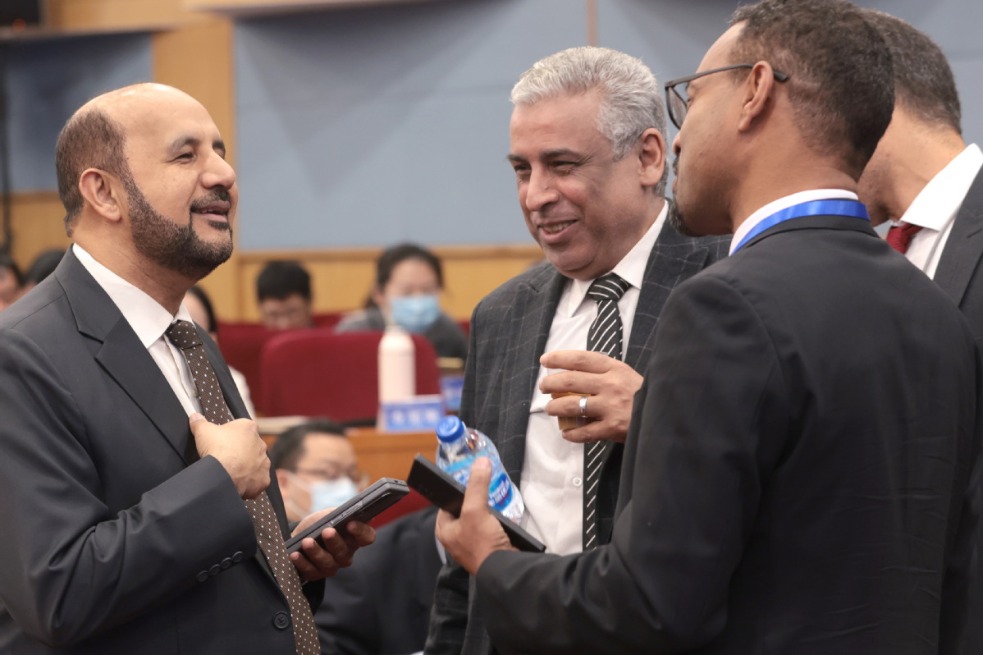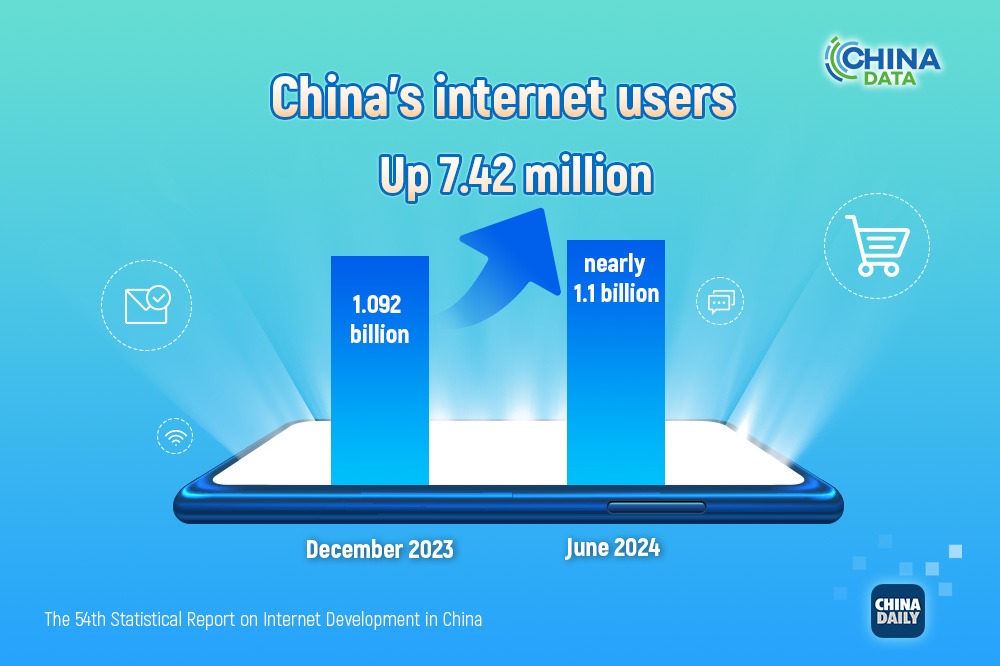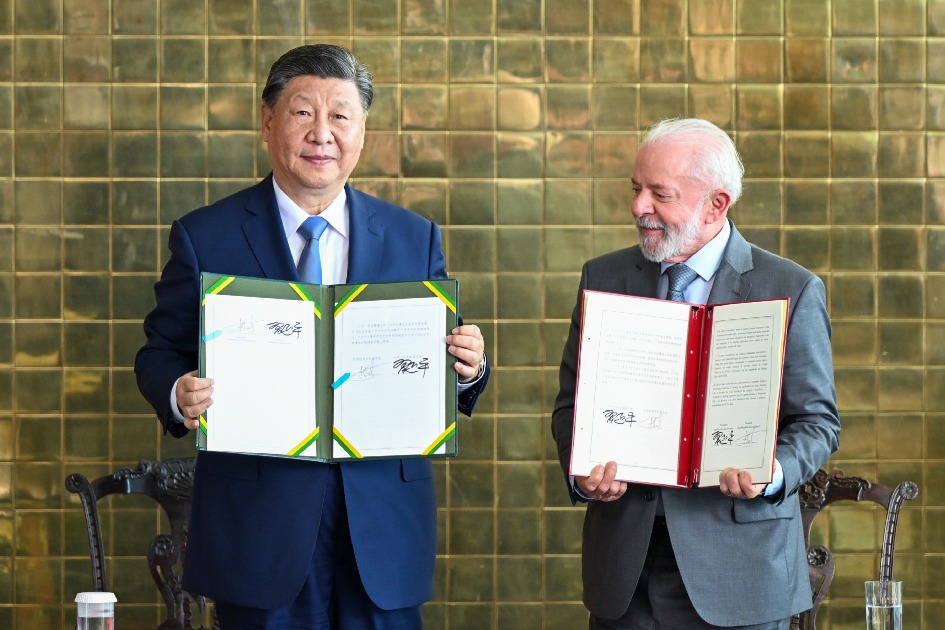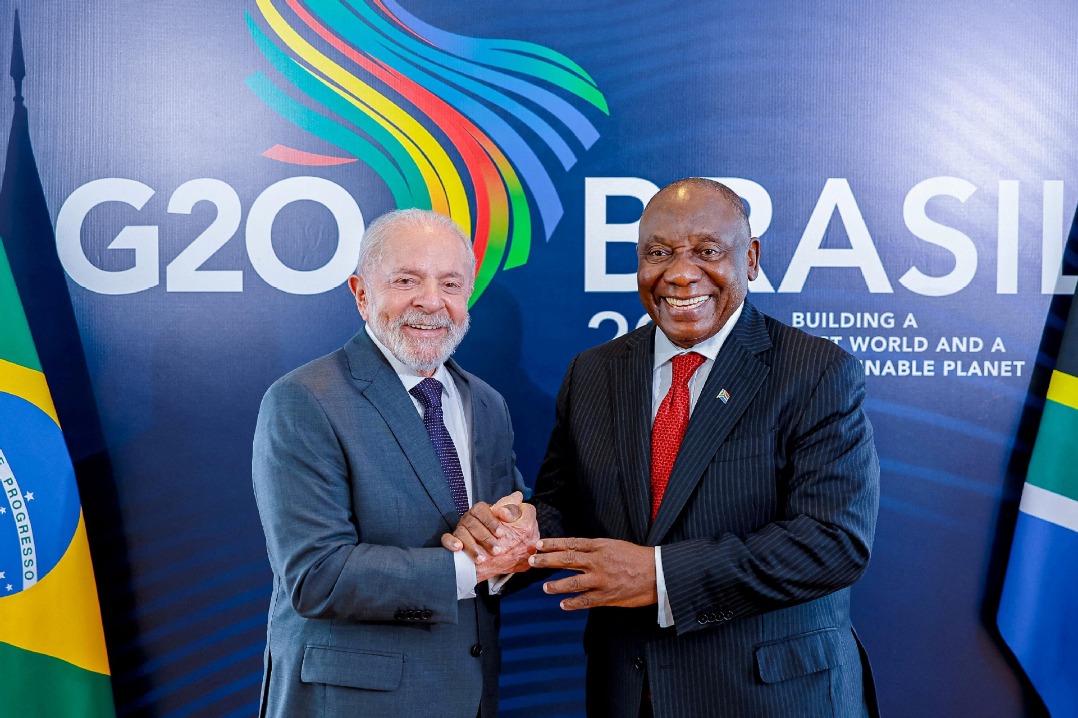US firms in Belt and Road discovery stage
By Zhao Huanxin | China Daily USA | Updated: 2017-04-26 11:18
US companies can partake in the China-proposed Belt and Road Initiative, but they need to learn more about the transnational trade network, researchers from some Washington think tanks said.
"Before you can change policy, you need to educate people as to what are the opportunities" said David Lampton, director of China studies at Johns Hopkins University's School of Advanced International Studies (SAIS).
"As a matter of policy, we can support the Asian Development Bank working with the Asian Infrastructure Investment Bank, or the World Bank working with the AIIB," he said. "But to become active (in the initiative) is a political decision."
On a world map at his SAIS office, Lampton used a marking pen to connect the dots linking Southwest China's Kunming city to major south Asian cities including Singapore, Hanoi and Bangkok to form three bold lines, along which he said mammoth railway projects would be undertaken to enhance connectivity in Asia, which is the signature concept of the Belt and Road Initiative.
"Each of these three lines is longer than the Transcontinental Railroad, the line that changed the US," Lampton said. "All these railroads will need equipment, signaling, money and commercial development. Why shouldn't General Electric that builds railroads and signaling do it?"
The Belt and Road Initiative, comprising the Silk Road Economic Belt and the 21st Century Maritime Silk Road, was first proposed by China in 2013, with the aim of building a trade and infrastructure network connecting Asia with Europe and Africa along the ancient trade routes.

Lampton said the Chinese initiative is popular partly because nations neighboring China and beyond find the need to cooperate with China to improve infrastructure and interconnectivity.
The author of Following the Leader Ruling China, From Deng Xiaoping to Xi Jinping said his next book will help the public and US multinational companies discover what he sees as tremendous opportunities arising from connectivity projects.
Last Thursday, World Bank President Jim Yong Kim called the Belt and Road initiative "unprecedented".
"China has been stepping up and illustrating that it's concerned about development, not just in the neighboring countries or even along the Old Silk Road, but globally," Kim said, adding that the World Bank is cooperating well with the AIIB.
Douglas Paal, vice-president for studies at the Carnegie Endowment for International Peace, said the Obama administration "made a huge mistake by taking a negative attitude on the AIIB".
"I welcome the posture taken by China's leadership to open this more to others' participation," Paal said, adding that he expected more concrete plans to come out of the Belt and Road Forum for International Cooperation, which opens on May 14 in Beijing.
Cheng Li, director of the John L. Thornton China Center at the Brookings Institution, said the forum would help the world know more about China's investment in infrastructure, both regionally and globally.
He said the Belt and Road Initiative is basically a reinvestment in infrastructure and is an active supplement to institutions involved in infrastructure, such as the World Bank and Asian Development Bank.
"The Western understanding of the Belt and Road Initiative has just begun," Li said. "Increasingly, the academics, government and particularly business circles in the US will get more interested in the initiative."
David Dollar, a senior fellow at the Brookings Institution and a former US Treasury emissary in Beijing, said that "there are potentially opportunities for the US companies in the initiative; a lot will depend on how China works out all the details of the different financing legalities."
huanxinzhao@chinadailyusa.com
(China Daily USA 04/26/2017 page2)
























